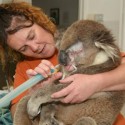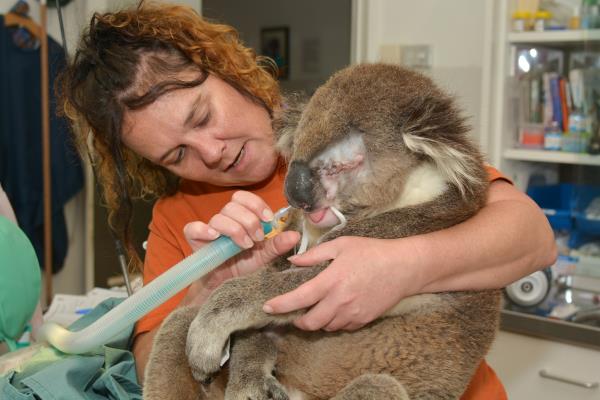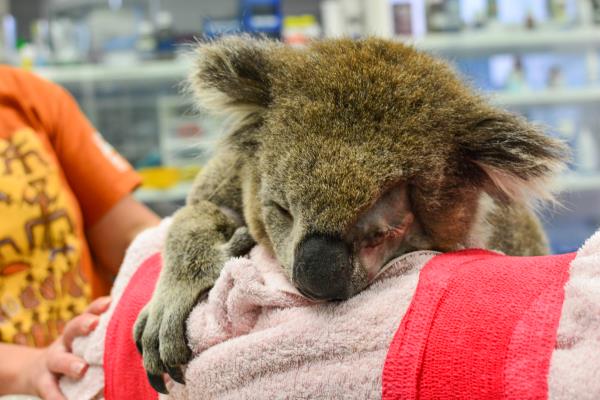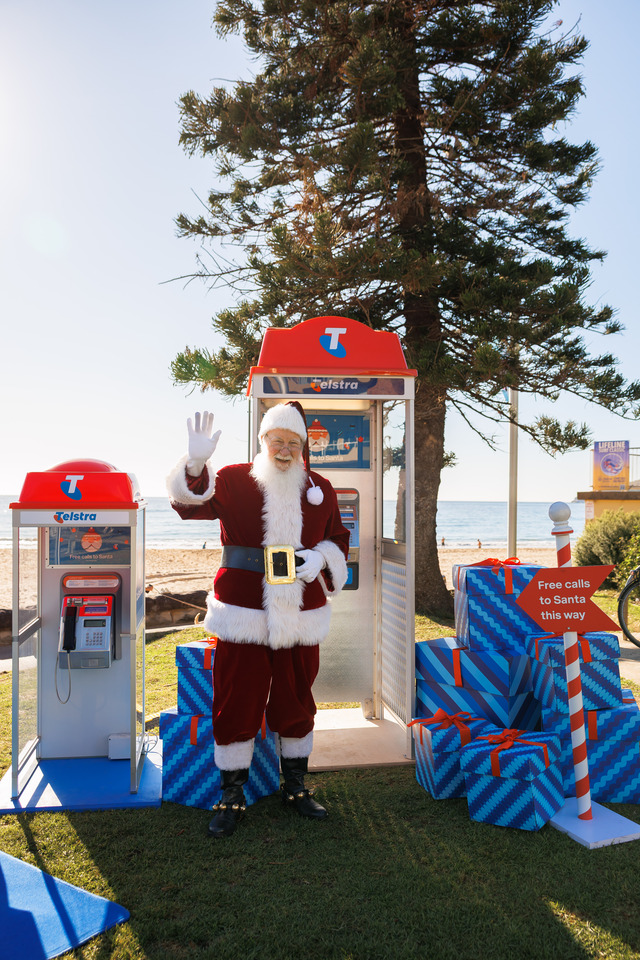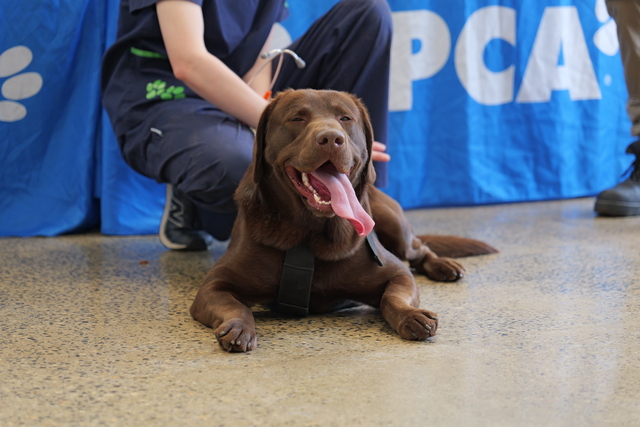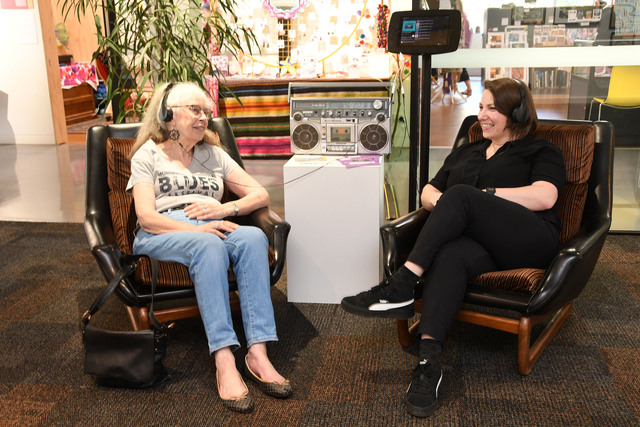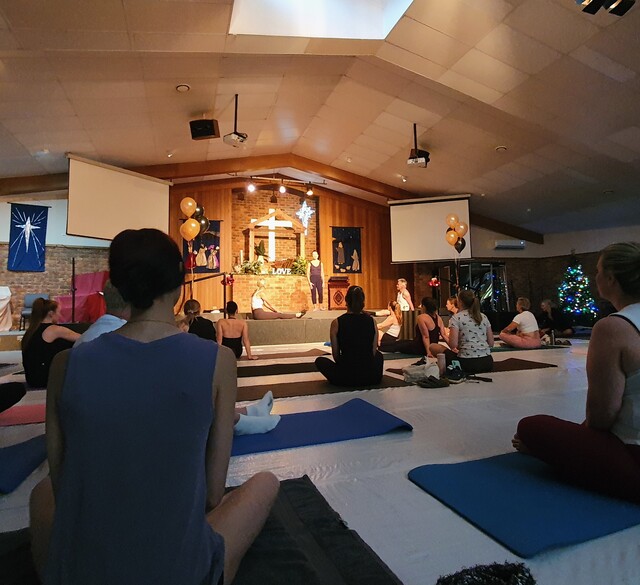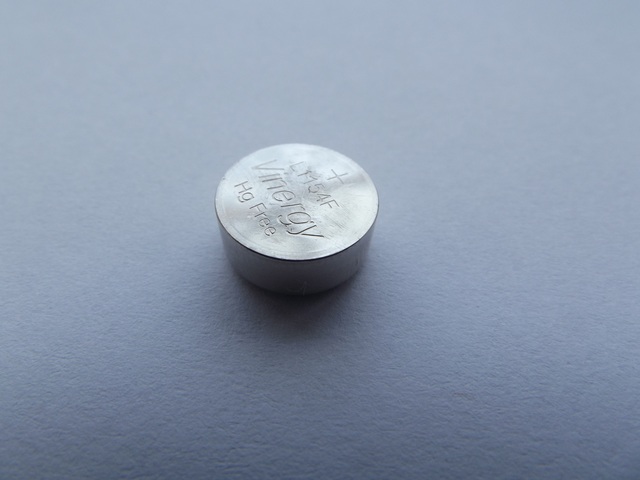By JESSE GRAHAM
VET surgeons at Healesville Sanctuary were a sight for sore eyes for an injured koala earlier today, which had its eye removed after it was injured earlier this month.
Veterinarians at the sanctuary’s Australian Wildlife Health Centre (AWHC) removed the eye of a male koala at about 1pm on Tuesday 21 April, after he was found injured by the side of the road in Inverloch on 8 April.
The koala, which had a ruptured left eyeball and a fractured eye socket, was cared for by a member of the public before being brought to the sanctuary on Saturday 11 April.
Veterinarian, Dr Meg Curnick, told the Mail that the koala had a small hole in its eye at the time, and another vet had tried to suture the animal’s cornea to fix the problem, followed by a course of antibiotics.
“It turned out, over the next 10 days, that the eye was not likely to do well – he was not likely to regain vision,” Dr Curnick said.
She said that, because of this, the animal has been classified as ‘non-releasable’, and would be staying at the sanctuary, as long as he is found to be clear of diseases such as chlamydia.
“He’s going to have an eye that’s not going to see again, it’s going to be a lot of treatment and it’s going to be a lot of pain for him, so we thought ‘we’re not going to win with this eye, so let’s take it out’, and that’s what we’ve done today,” Dr Curnick said.
At the time of the Mail’s visit, the koala was awakening from its anaesthesia, and Dr Curnick said the animal would be fit and well after it spent a couple of weeks recovering.
“They tend to do really well without an eye – it’s certainly not releasable, but they don’t rely a lot on their sight and for a captive lifestyle, he’ll be absolutely fine,” she said.
“He’ll be comfortable and should live a long and normal life – he will be a lot more comfortable without the eye, to be honest.”
Due to the sanctuary’s medical equipment at the AWHC, and staff trained in treating native animals, Dr Curnick said many injured animals are brought in from around the state for treatment.
“We’re able to do stuff up here that, perhaps, the regular vet clinics don’t have the facilities to do,” she said.
“A lot of the stuff we work with is animals impacted by humans in some way, so getting hit by a car is very, very common.”
The veterinarians at the sanctuary had yet to come up with a name for the new resident, but Blinky Bill appeared to be a favourite.

